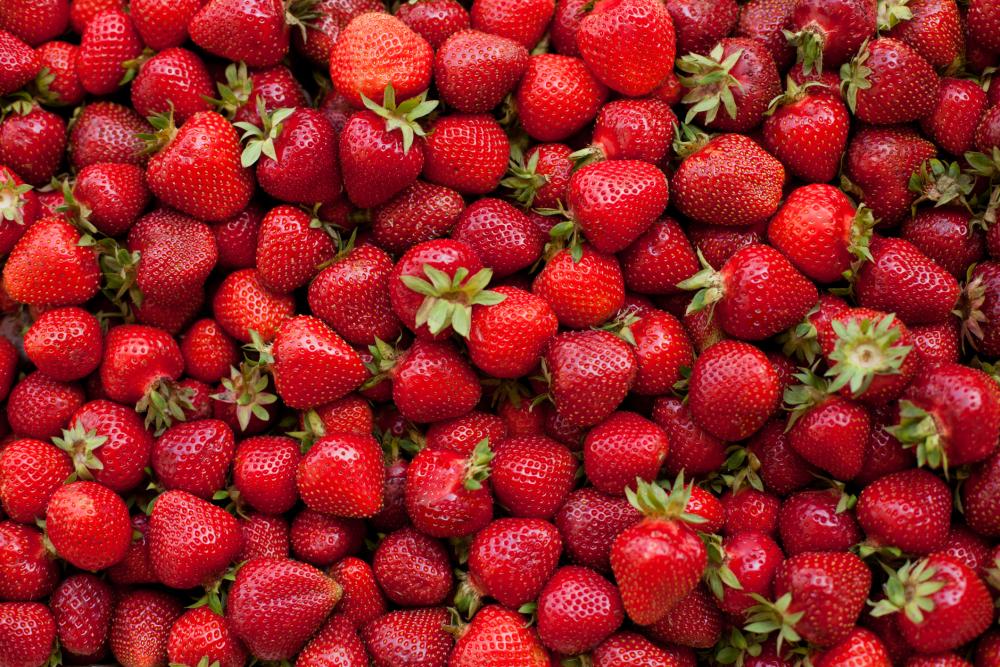2 min Read
As 2021 concludes, it's worth reflecting on the remarkable gene editing progress that's occurred over this year.
Let's be clear: this list is by no means exhaustive. It merely scratches the surface of the new world that this innovation is making possible. It also portends a future in which gene editing becomes an even more important aspect of our food system, environment, and public health.
Cows that stay cool
We tend to focus on the benefits that revolutionary gene-editing technologies can provide for our plant crops, but these tools are just as useful when it comes to animal agriculture.
Companies like Acceligen are researching gene editing methods that can be used to make cattle more resistant to heat. The consequences of this discovery could have profound impacts on global food security, especially in the global south where cattle agriculture is threatened by rising temperatures.
All-female chicken broods
Researchers in the United Kingdom recently collaborated to develop a gene editing technique that produces mouse litters of the same sex. This has far-reaching applications, most notably the ability to create all-female chicken broods.
Why does this matter? It would also boost the efficiency and sustainability of global chicken agriculture and end "chick-culling,".
Stronger strawberries
A third of all strawberries grown end up in the garbage can. Two American gene editing companies have partnered up to change that.
Using CRISPR-Cas9 technology, the firms' scientists plan to produce strawberries that stay fresh by beefing up their genetic code. CRISPR is analogous to a pair of scissors with which scientists can minorly rearrange an organism's genes to produce desirable outcomes.
In addition to a longer shelf life, the gene-edited strawberries may have a more flexible growing season. Both traits would make growing America's favorite berry an eco-friendlier endeavor. Imagine fresh, locally grown strawberries on a chilly October day.
Suppressing mosquitoes without chemicals
Earlier this year, scientists demonstrated that CRISPR-Cas9 can be used to alter the genes of the southern house mosquito, one of the most infamous and invasive vectors of the deadly West Nile virus.
The specifics of how CRISPR might be used to quell mosquito swarms haven't been hashed out yet. One possibility is rendering the buzzing invaders infertile, but there are several others.
Either way, this is a promising step towards preventing thousands of deaths from West Nile. This advancement is also good news for the environment: if gene-editing can serve as effective insect management, it could eliminate the need for harmful pesticides.
Tinkering with our toast
Europe's first trial of gene-edited wheat crops was given the greenlight last summer. It's just one exciting example of how gene editing can improve overall public health.
Here are the basics: All wheat contains asparagine, which is converted into a cancer-causing chemical when wheat-containing foods like bread are baked or toasted. Using CRISPR, scientists were able to "snip out" the gene that codes for asparagine, leading to a 90% reduction in the compound.
Now that's something worth breaking bread over.


